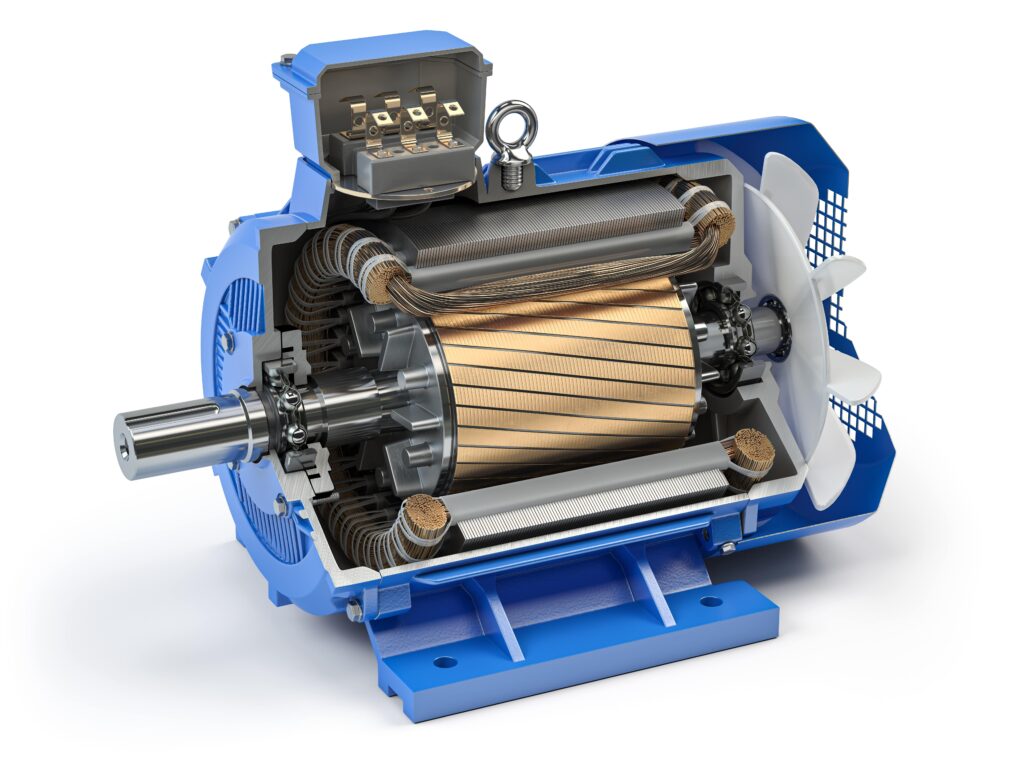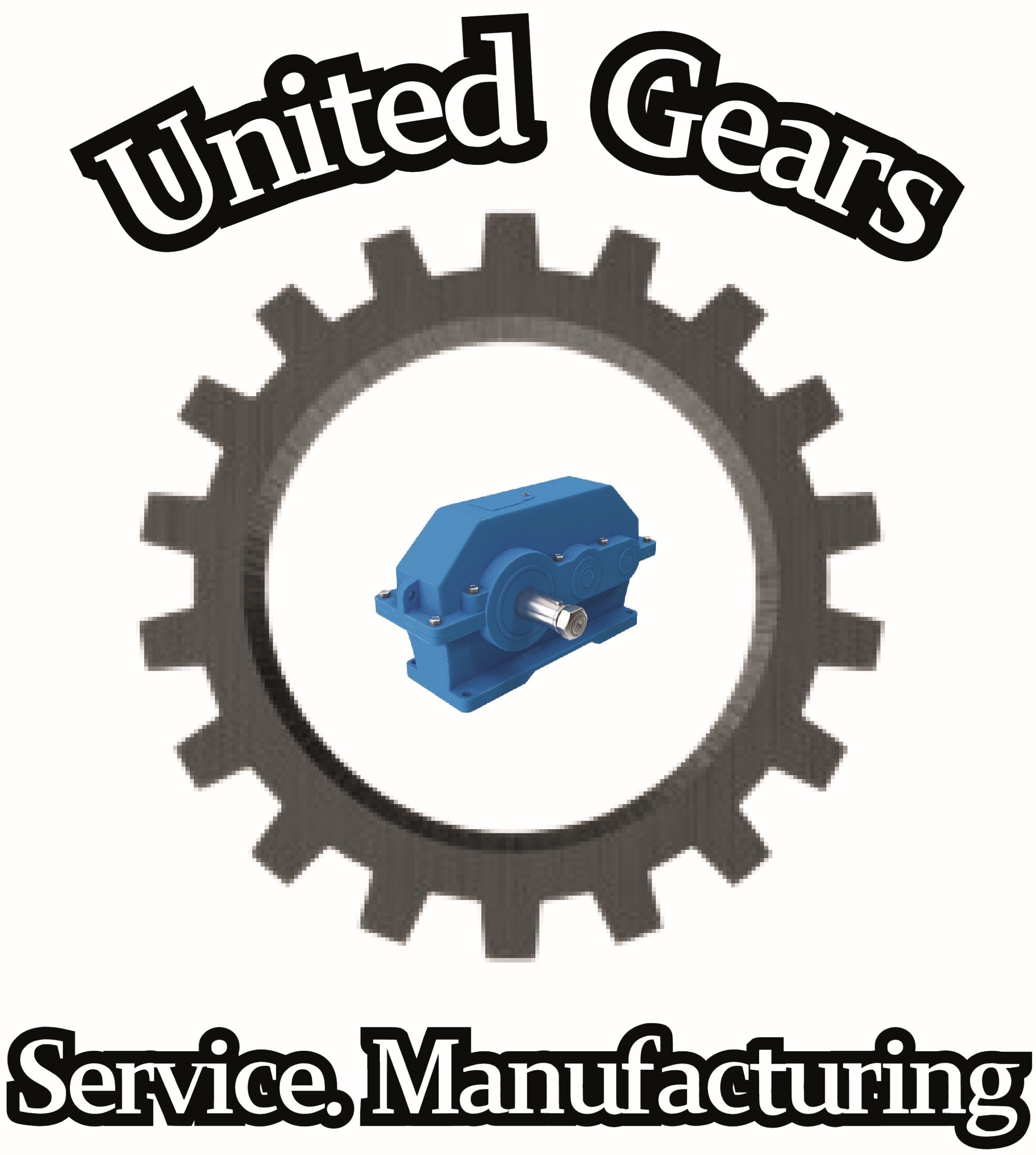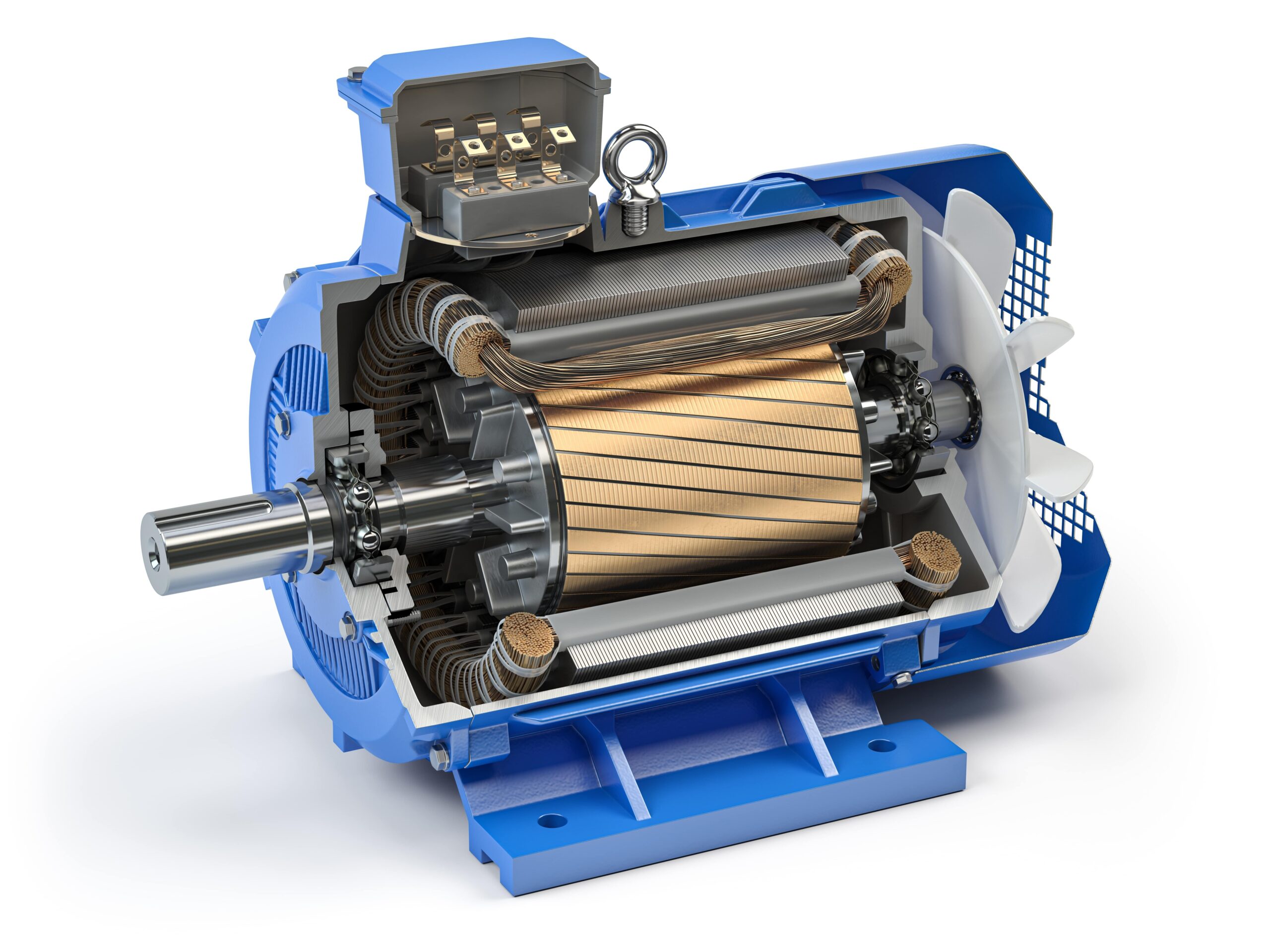
Gearboxes are essential components in manufacturing plants and industrial equipment, ensuring the smooth and efficient transfer of power to various machinery. When gearboxes malfunction, it can lead to significant downtime and costly repairs. Recognizing early signs of gearbox issues is crucial for maintaining the productivity and efficiency of industrial operations. In this blog, we will explore the top five signs that indicate your industrial gearbox needs repair.
1. Unusual Noises
Grinding and Clunking Sounds
In industrial settings, gearboxes often operate under heavy loads and at high speeds. If you hear grinding or clunking sounds coming from your gearbox, it could indicate that the gears are misaligned or damaged. This can be caused by worn-out bearings, insufficient lubrication, or debris within the gearbox. Ignoring these noises can lead to severe damage and operational disruptions.
Whining or Humming
A whining or humming noise is often a sign of worn bearings or gears. In high-precision environments, even minor wear can affect the performance and longevity of the gearbox. Regular monitoring and maintenance can help identify these issues early, preventing costly repairs and ensuring smooth operation.
2. Overheating
Excessive Heat Generation
Industrial gearboxes can generate a lot of heat during operation. However, if your gearbox is excessively hot to the touch, it might be overheating due to insufficient lubrication, excessive load, or internal friction. Overheating can degrade the lubricant and damage internal components, leading to reduced efficiency and potential failure.
Heat Discoloration
Visible signs of overheating, such as discoloration of the gearbox casing or oil, should not be ignored. These signs indicate that the gearbox is operating beyond its thermal limits, which can cause premature wear and tear. Implementing proper cooling systems and regular oil changes can mitigate overheating issues.
3. Vibration and Shaking
Excessive Vibration
Excessive vibration is a clear indicator that something is wrong with your gearbox. This can be caused by misaligned gears, unbalanced components, or worn-out bearings. In industrial settings, vibration can lead to further damage to the gearbox and connected machinery, affecting overall productivity.
Shaking During Operation
If your gearbox causes the machinery to shake during operation, it suggests a significant internal issue. This could be due to loosened components, shaft misalignment, or gear damage. Addressing vibration and shaking promptly is crucial to maintaining the stability and efficiency of your industrial operations.
4. Leaking Lubricant
Identifying Leaks
Lubricant leaks are a common problem in industrial gearboxes. If you notice oil stains or puddles under your machinery, it’s a sign that the gearbox seals or gaskets might be compromised. Leaks can lead to insufficient lubrication, causing excessive friction and wear on internal components.
Consequences of Low Lubricant Levels
Operating a gearbox with low lubricant levels can result in increased friction, overheating, and accelerated wear. Regularly checking and maintaining proper lubricant levels is essential to the health of your gearbox. If you detect a leak, have it inspected and repaired immediately to prevent more significant issues.
5. Performance Decline
Reduced Efficiency
A noticeable decline in the efficiency of your industrial equipment can be a sign of gearbox problems. If your machinery is not operating at its usual speed or power, it could be due to internal gearbox issues such as worn gears or bearings, or incorrect gear mesh.
Inconsistent Operation
Inconsistent or erratic performance of machinery is another indicator of gearbox trouble. This could manifest as unexpected slowdowns, sudden stops, or irregular power output. These issues often stem from internal wear, inadequate lubrication, or component misalignment. Timely intervention can prevent minor problems from escalating into major operational failures.
Preventative Measures and Maintenance Tips
Regular Maintenance
To avoid these common gearbox issues, regular maintenance is essential. This includes checking and changing lubrication as recommended by the manufacturer, inspecting and replacing worn-out components, and addressing any minor issues before they become major problems.
Professional Inspections
Scheduling regular inspections with a qualified technician can help identify potential gearbox problems early. Professionals can provide a thorough assessment of your gearbox’s condition and recommend necessary repairs or maintenance.
Condition Monitoring
Implementing condition monitoring systems can help track the performance and health of your gearboxes in real-time. These systems can detect early signs of wear and inefficiency, allowing for proactive maintenance and minimizing downtime.
Conclusion
Recognizing the early signs of gearbox trouble in manufacturing plants and industrial equipment is crucial for maintaining operational efficiency and avoiding costly downtime. Unusual noises, overheating, excessive vibration, leaking lubricant, and performance decline are all clear indicators that your gearbox needs attention. By addressing these issues promptly and maintaining regular gearbox care, you can ensure the smooth and efficient operation of your industrial equipment.
If you suspect your gearbox needs repair, don’t hesitate to consult a professional technician. With proper care and timely intervention, you can prevent major gearbox problems and keep your manufacturing plant or industrial facility running smoothly.

